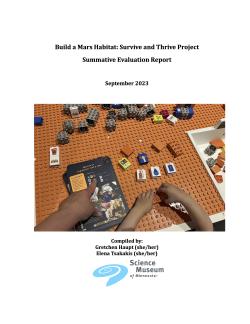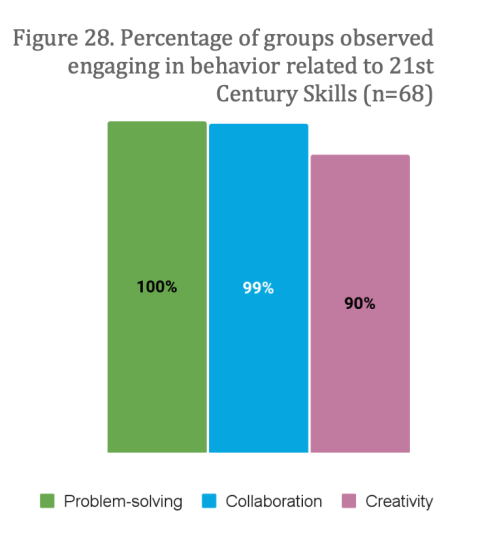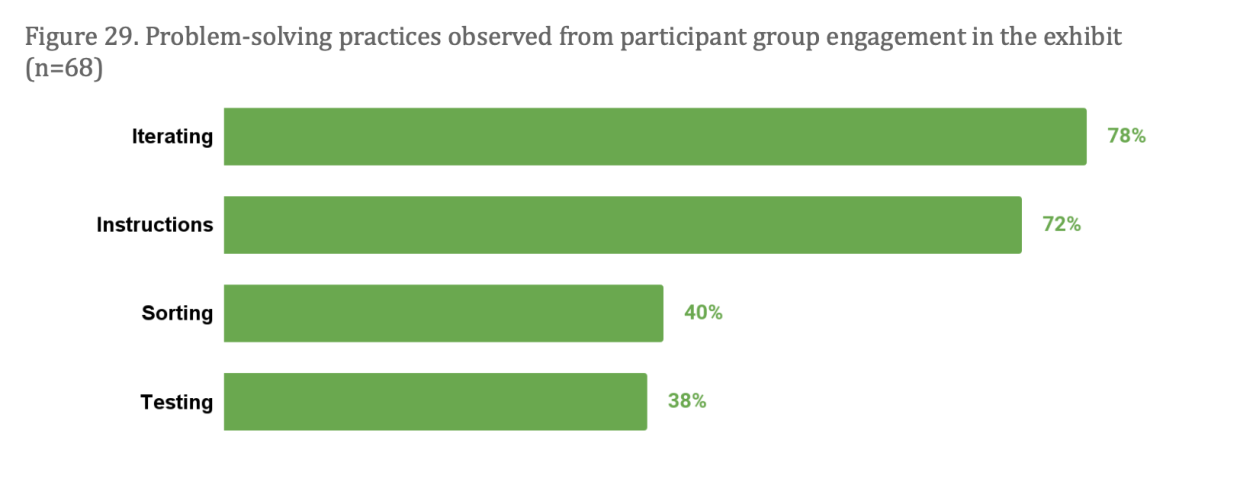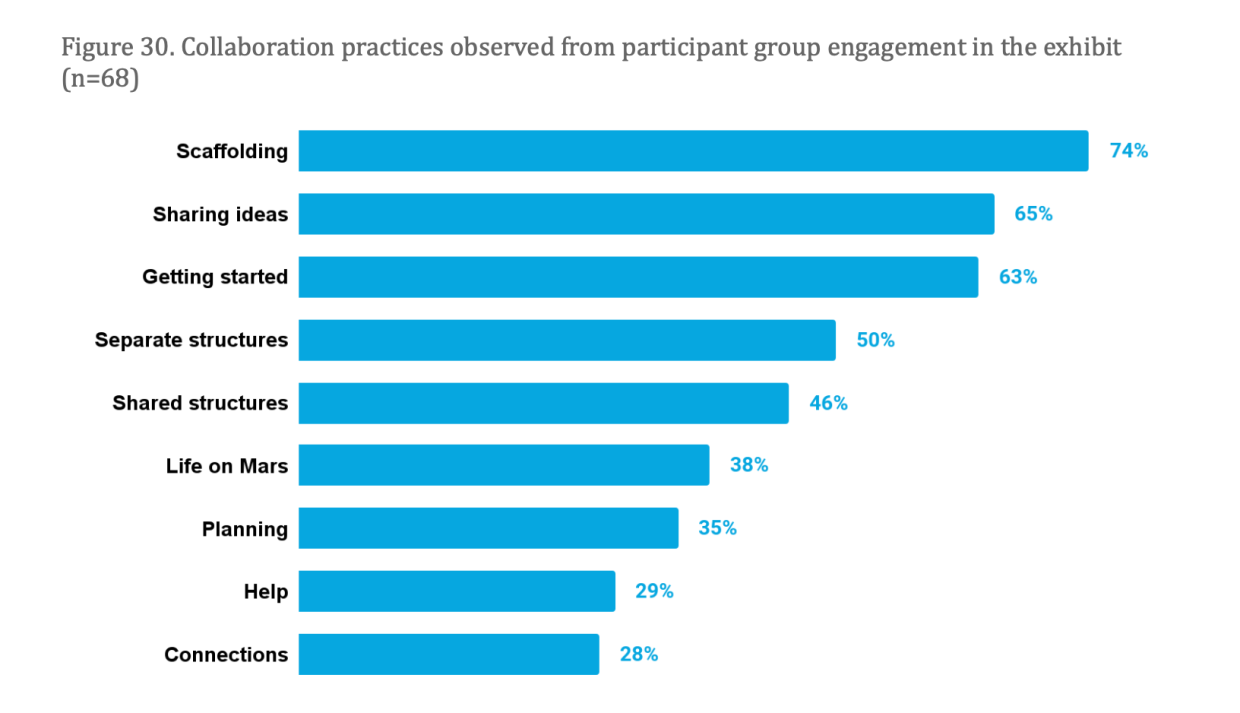
Build a Human Habitat on Mars is a hands-on exhibit designed to inspire, engage, and educate the next generation of explorers about human exploration on Mars. Designed as an addition to the Sun, Earth, Universe exhibition, 52 copies of this exhibit were fabricated and distributed by the Science Museum of Minnesota to accompany 52 copies of the Sun, Earth, Universe exhibition located throughout the United States.
A summative evaluation study of the of the exhibit exhibit focused on several key aspects of public audience impacts and behavior.
- 1) What does visitor engagement look like with regards to activity enjoyment and interest?,
- 2) How relevant is the exhibit to visitors’ everyday life?, and
- 3) To what degree does the exhibit foster 21st Century Skills?
Data was collected from visitors at five locations including the Science Museum of Minnesota, Arecibo Observatory, Children's Museum of Brownsville, Museum of Science Boston, and Arizona Science Center. Sincere thanks to these location for supporting data collection.
Summative Evaluation Findings
Below are a few highlights from the summative evaluation report. The complete summative evaluation report is now available for download.
-
1) The exhibit was enjoyable, interesting, and educational for visitors, and increased interest in learning about space exploration.
-
Almost all groups (95%) found the exhibit enjoyable or very enjoyable, and 90% of groups shared that the exhibit was interesting or very interesting.
-
After visiting the exhibit, three-quarters of groups noted their interest in learning about space exploration increased somewhat or a lot.
-
-
2) The exhibit provided visitors with clear connections to their everyday life and promoted reflection on the idea of ‘survive and thrive’.
-
Visitors gained a deeper understanding of what is necessary to survive and thrive on Mars. After using the exhibit, about two-thirds of respondents shared that they were more confident than before in their ability to identify what humans would need to survive and thrive on Mars.
-
- 3) The exhibit effectively supported problem-solving, collaboration, and creativity in various ways.
-
Nearly every observed group (99%) was noted to engage in collaboration, most frequently observed to be scaffolding the activity, sharing ideas, and working together to understand where to get started.
-
Below are a few of the figures summarizing observed visitor behavior related to 21st Century Skills, please see the complete summative evaluation report for more detailed findings:




Learn more:
- Host resources including educator guide, technical manual, graphic signs, and photo gallery
- Hosting locations list and map
- Learn more about the project
- Summative evaluation report
Acknowledgements
This material is based upon work supported by NASA under Grant Number 80NSSC20M0030. Any opinions, findings, and conclusions or recommendations expressed in this material are those of the author(s) and do not necessarily reflect the view of the National Aeronautics and Space Administration (NASA).
